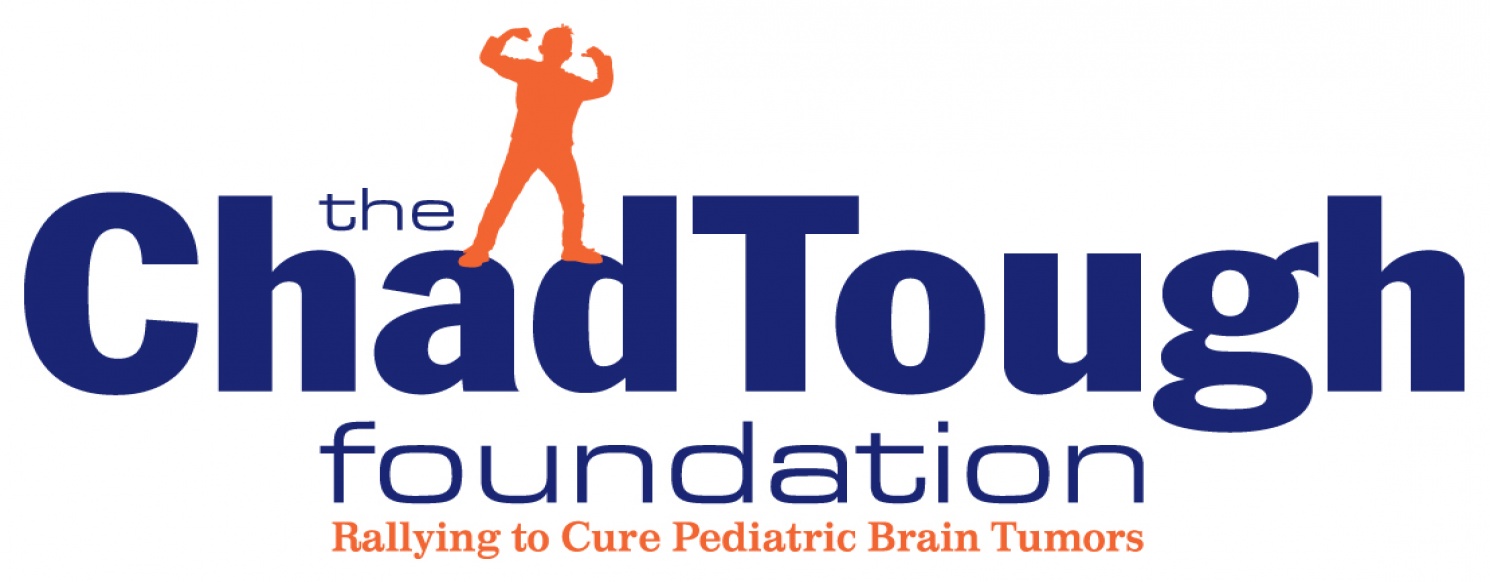
Next in our series of posts about new Charitocracy nominees, we have nominee The ChadTough Foundation, nominated by donor brian. They fund research and raise awareness of pediatric brain tumors, with emphasis on Diffuse Intrinsic Pontine Glioma (DIPG). You can find their web site here.
A few words on Charitocracy
Firstly, for newcomers: here's how it works. Donors pool their monthly contributions, as little as $1. The cause with the most votes each month wins the pot. No matter how much or how little you contribute, each donor at Charitocracy gets one vote. This is where charity meets democracy. So please share this post and ask your friends to join us and vote! That's how we spread the word and, as a result, grow the monthly pot. The bigger the pot, the bigger our positive impact on the world!
About nominee The ChadTough Foundation
The most hated word in the world of pediatric brain tumors is “rare.” “Rare” is the reason there is not enough research being done. “Rare” is the reason there aren’t drugs being developed. “Rare” is the reason there is so little funding. “Rare” is why our kids don’t have more options. The three facts below negate the claim of “rare”:
- Cancer is the number one disease killer of children in America.
- Brain tumors are the leading cause of cancer-related death in children.
- DIPG is the leading cause of death from brain tumors in children.
DIPG
DIPG is a brain tumor found in the Pons of the brain stem. Children are typically diagnosed between the ages of 5-7 with around 300-350 new cases per year in the United States. The median survival rate is 9 months from diagnosis, only 10% of patients survive 2 years from diagnosis. Long term survivors total less than 1%.
What makes DIPG so difficult to treat is not only its location (a very small area of the brain stem responsible for many critical bodily functions including breathing, swallowing, respiration, equilibrium and eye movement) but also the fact that it is “diffuse” (as opposed to looking like a solid mass or ball, it spreads out and mixes with healthy cells, it is sometimes described as looking “marbled”).
One of our doctors called it “the worst kind of tumor in the worst possible place.” The only standard of care to treat DIPG is radiation. Radiation is used to shrink the tumor giving temporary relief of symptoms but after a period of time the tumor typically grows back. As it grows, it cuts off those critical bodily functions until the child can no longer swallow or breathe and eventually succumbs. You cannot surgically remove DIPG and until very recently it was considered dangerous to even biopsy. This has resulted in very little DIPG tissue being available for researchers to study.
Perspective
As a parent of a child with DIPG it’s hard to describe the bewilderment and anger you feel when you are told the standard of care for DIPG has not changed in over 40 years. When you combine a lack of tissue to study with a severe lack of funding for childhood cancer, you end up with no progress.
Approximately 4% of the taxpayer-funded National Cancer Institute’s (NCI) annual budget is directed toward pediatric cancer. Not 4% for DIPG, not 4% for pediatric brain tumors… 4% for ALL of childhood cancer! Drug development is a huge issue for pediatric cancer. Drugs are developed almost exclusively for adult cancers and then simply “taken down” to treat pediatric cancers. Our children deserve better than this.
Vision
DIPG presents a great challenge. It is an extremely difficult and complex disease. We believe a cure will come from talented, passionate people working collaboratively. It will come from “Thinking outside the Box” and taking some risks. It will come from small breakthroughs happening in many different areas of medicine. The ChadTough Foundation is committed to funding this work.
So visit the page of nominee The ChadTough Foundation on Charitocracy to vote for, like, or discuss this cause! And watch this video about ChadTough's namesake, and the organization's efforts to rid the world of DIPG:

